A 35 Year Retrospective View of the PPE industry in the UK
Evolution of the PPE Industry in the UK: A 35-Year Retrospective
In the 35 Years we have been trading the Personal Protective Equipment (PPE) industry has undergone significant transformation over the past 35 years, paralleling the evolution of workplace safety standards and the technological advancements in material science and manufacturing processes. This blog post will explore the key changes that have shaped the PPE industry in the UK from the mid-1980s to the present day.
The 1980s: The Seeds of Change
In the 1980s, the PPE industry in the UK was largely driven by heavy industries like manufacturing, construction, and mining. PPE was often cumbersome, one-size-fits-all, and focused more on function over form or comfort. The introduction of the Health and Safety at Work etc. Act 1974 had set the groundwork for significant shifts in workplace safety and PPE usage, but it was in the late 1980s that the effects began to be felt as industries started to enforce stricter safety regulations.
The 1990s: Regulation and Standardisation
The 1990s saw a pivotal change with the introduction of the Personal Protective Equipment at Work Regulations 1992, which came into force in January 1993. These regulations were a major step forward, setting out the requirements for employers regarding the provision and use of PPE at work. This period also marked the beginning of CE marking under the European directives, which ensured that all PPE sold in the UK met specific safety standards.
The 2000s: Technological Advancements
Advancements in material science in the 2000s led to the development of lighter, more durable, and more comfortable PPE. The introduction of new materials like kevlar and nomex transformed PPE from bulky and obstructive to gear that enhanced worker performance. Moreover, the growing computerization and automation of manufacturing processes allowed for better quality control and customization of PPE. In the disposable market Nitrile started to become the dominant material over the likes of Latex and Vinyl. It offered greater chemical resistance and lower levels of allergic sensitivity.
The 2010s: The Rise of Ergonomics and Design
The 2010s were defined by a holistic approach to PPE. Ergonomics and design became as important as protection. The industry saw the introduction of PPE that not only protected workers but also supported their well-being through improved fit and reduced fatigue. Additionally, there was a growing emphasis on the aesthetic aspect of PPE, reflecting corporate branding and contributing to worker satisfaction and compliance.
The 2020s and COVID-19: Unprecedented Demand and Supply Chain Challenges
The COVID-19 pandemic brought about an unprecedented surge in demand for PPE, highlighting both the strengths and vulnerabilities of the industry. The need for masks, gloves, and protective gowns skyrocketed, leading to global supply chain challenges. The PPE industry rapidly adapted, with many companies pivoting to increase production of critical items. This period also saw innovation in antiviral and reusable PPE, reflecting the need for sustainable solutions in response to disposable PPE concerns.
Today: Smart PPE and Sustainability
Currently, the industry is at the cusp of the smart PPE revolution, with wearable technology integrating with protective gear to enhance safety through connectivity and real-time data. Moreover, there is a significant push towards sustainability. The industry is working on reducing the environmental impact of PPE by improving the life cycle of products and investing in recyclable materials.
Conclusion: A Future-Proof Industry
The PPE industry in the UK has come a long way over the past 35 years. From the early days of minimal regulation and basic protective gear, to today’s high-tech, ergonomic, and sustainable solutions, the industry has evolved to meet the changing demands of workplace safety. As we look to the future, the PPE industry is poised to continue its evolution, with innovation and adaptability at its core, ready to meet the next generation of challenges head-on.
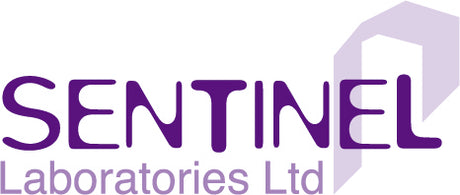
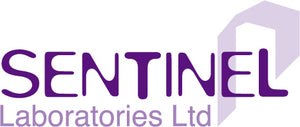
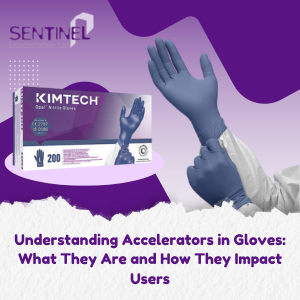
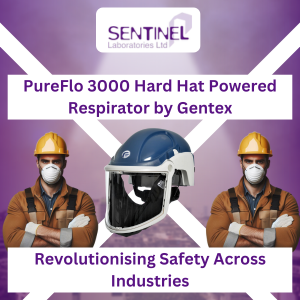
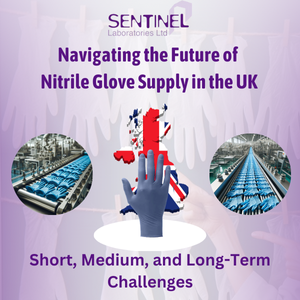
Leave a comment